
One of the less-noticed aspects of the electric car revolution is how much it will compress the traditional differences between luxury “premium” products and “mainstream” market products. A silent revolution, you might say. In the past, for example, “refinement” was a dividing line. In the days when they used to say the only noise you could detect inside a Rolls-Royce proceeding at speed was the clock, but you couldn’t have a conversation with your passenger in a Mini even when it was stationary, the distinction was loud and clear.
THE SPEC
Audi Q4 Sportback 50 e-tron Quattro
Price: £64,820 (as tested; range starts at £44,040)
Engine capacity: Trear Two electric motors, 4AWD, 82kWh battery
Power (hp): 295
Top speed: 112mph
0-60mph: 6.2secs
Fuel economy: 118mpg equiv
Range: 240 miles
CO2 emissions: 0
Now, though, electric drivetrains have rendered such distinctions largely obsolete. If you wish, you can still spend your cash on a bigger car, one with a better-appointed interior or a posher badge, but it’s not that easy to buy extra silence.
Which brings me to the premium Audi brand’s Q4 Sportback 50 e-tron quattro 229PS 220kW S line, to give it its full title. It’s a sibling to Volkswagen Group’s other medium-to-large electric SUVs: the Skoda Enyaq, the VW ID.4 and the forthcoming Seat Born. (There’s also a less stylish-looking Q4 version). They are all built on the VW Group modular electric toolkit “platform” so, in terms of their underlying engineering, they are fairly similar.
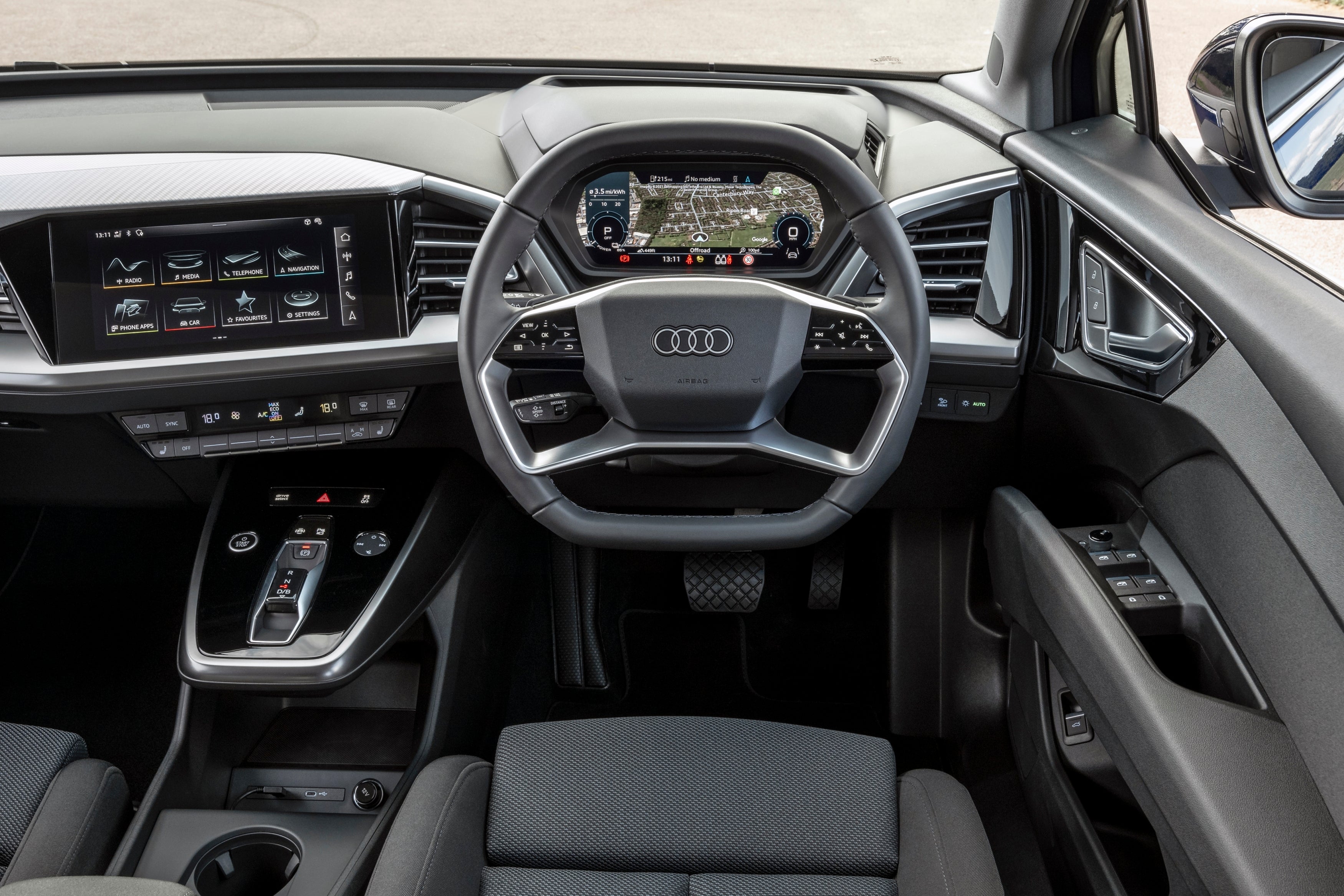
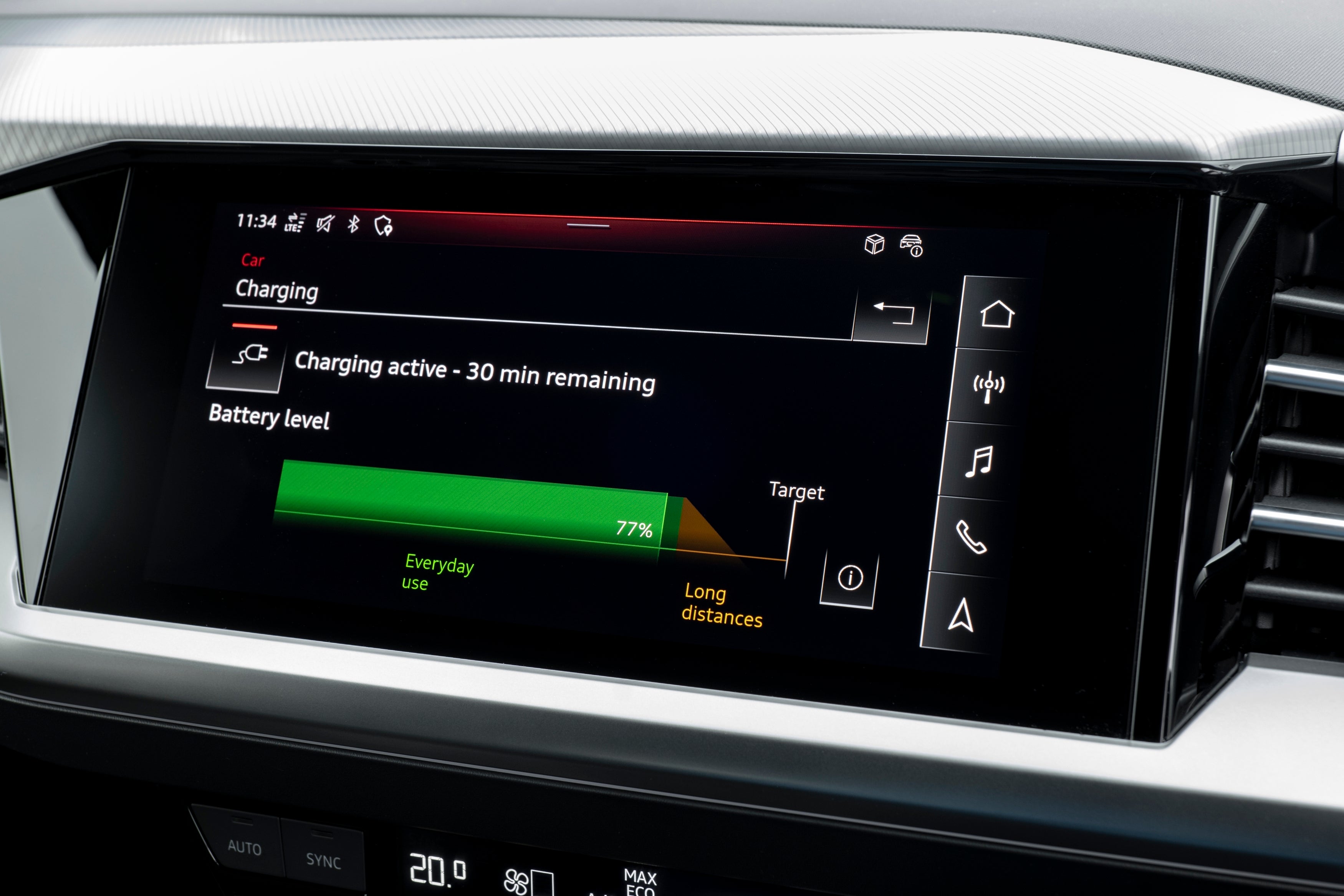
The differences in refinement between a Skoda Enyaq, a VW ID.4 and an Audi Q4 Sportback are even smaller than between a Skoda Octavia, VW Golf and Audi A4, all with similar internal combustion engines. This differential was in any case getting so narrow that an Audi boss a few years ago remarked that he didn’t understand why everyone didn’t buy a cheaper Skoda instead of an Audi.
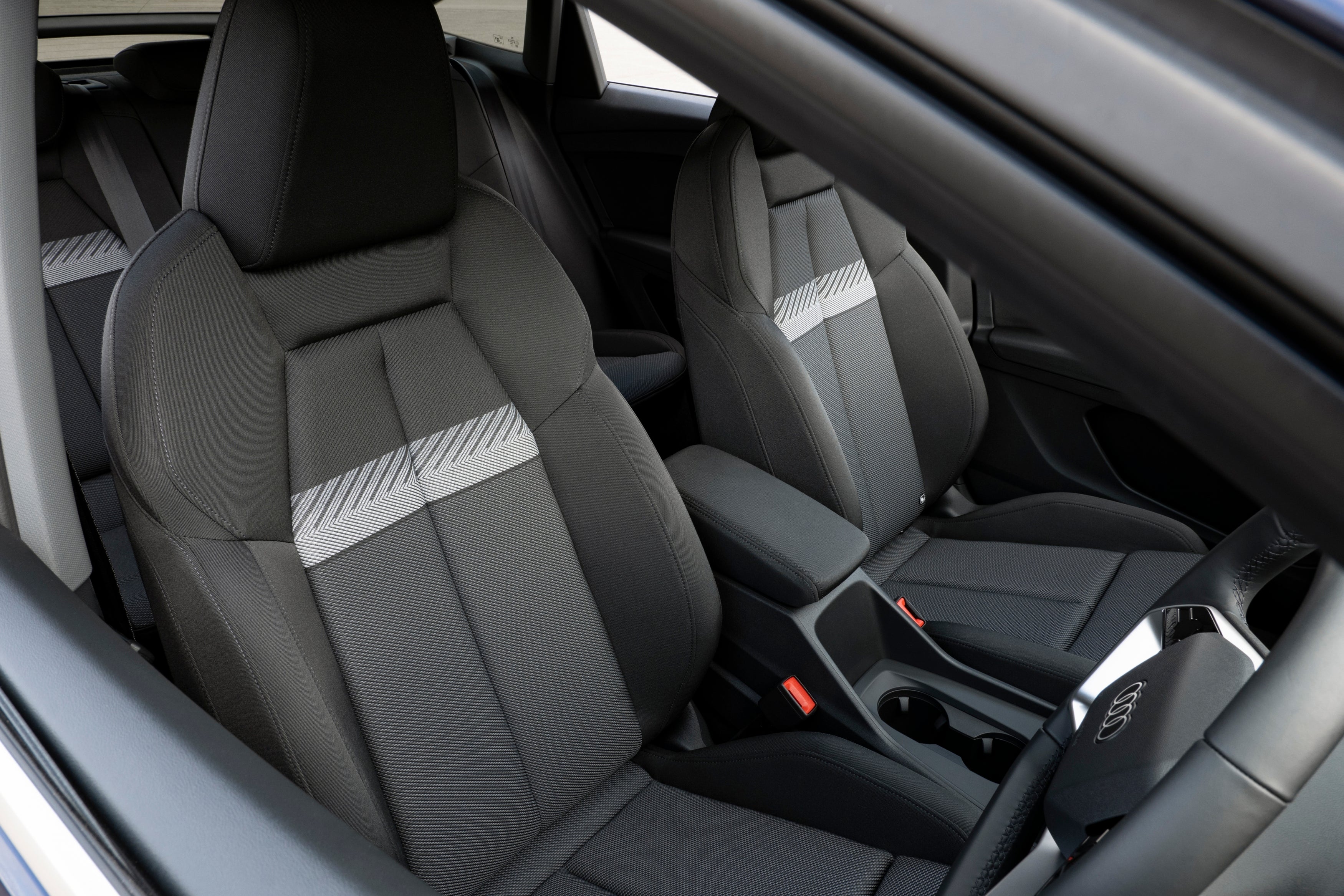
Of the three, the Skoda is the best value and is offensively styled inside and out; the VW ID.4 looks bulkier than it is but has an innovative and attractive cabin, and the Audi Q4… well, it has a big Audi grille on the front, is sportier looking and the cabin meets the usual expectations of an Audi buyer. Given it’s a show-off Audi you might as well opt for the giant 21-inch alloy wheels (at a £1,275 premium). But otherwise, this brash EV doesn’t feel like it has anything compelling about it.
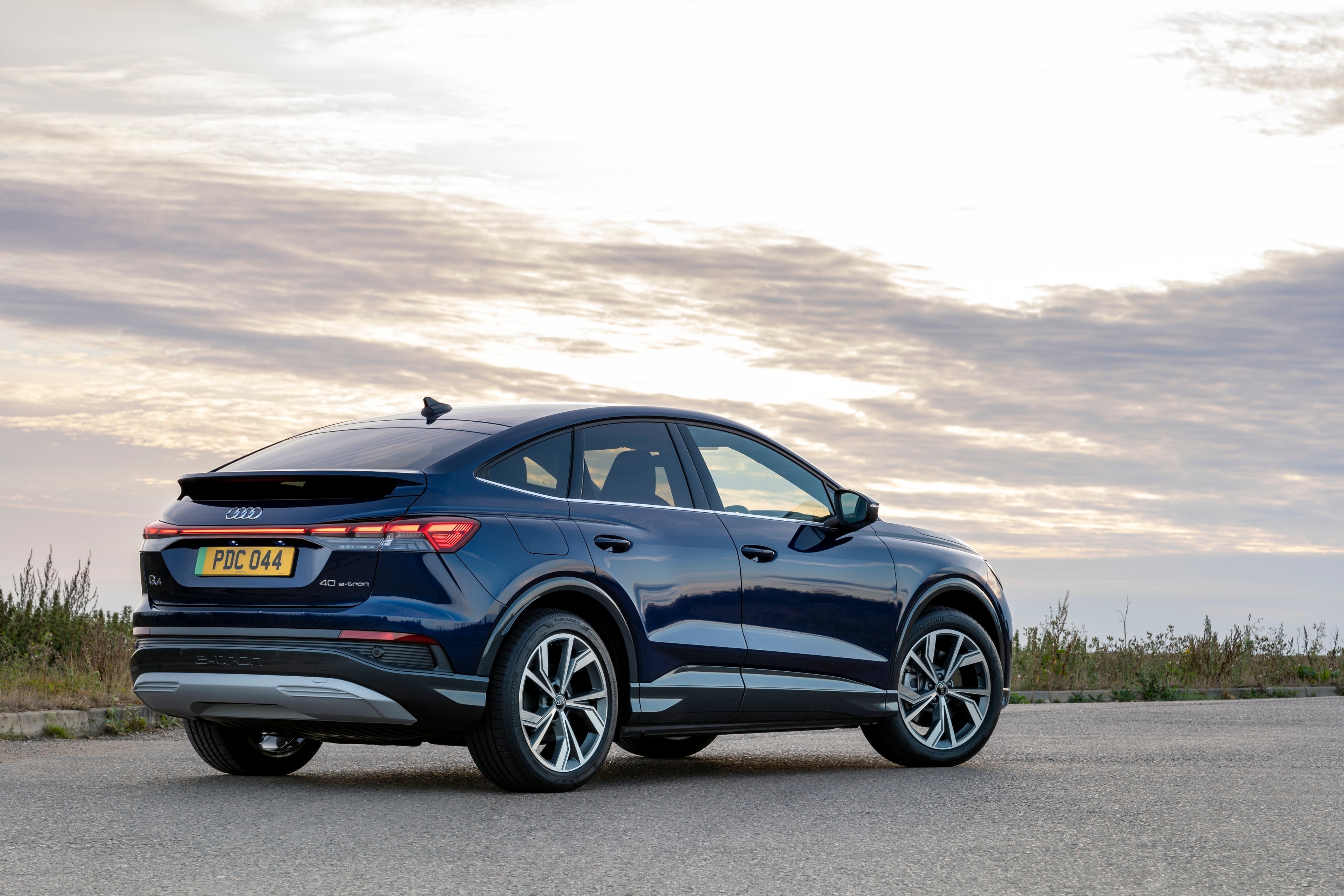
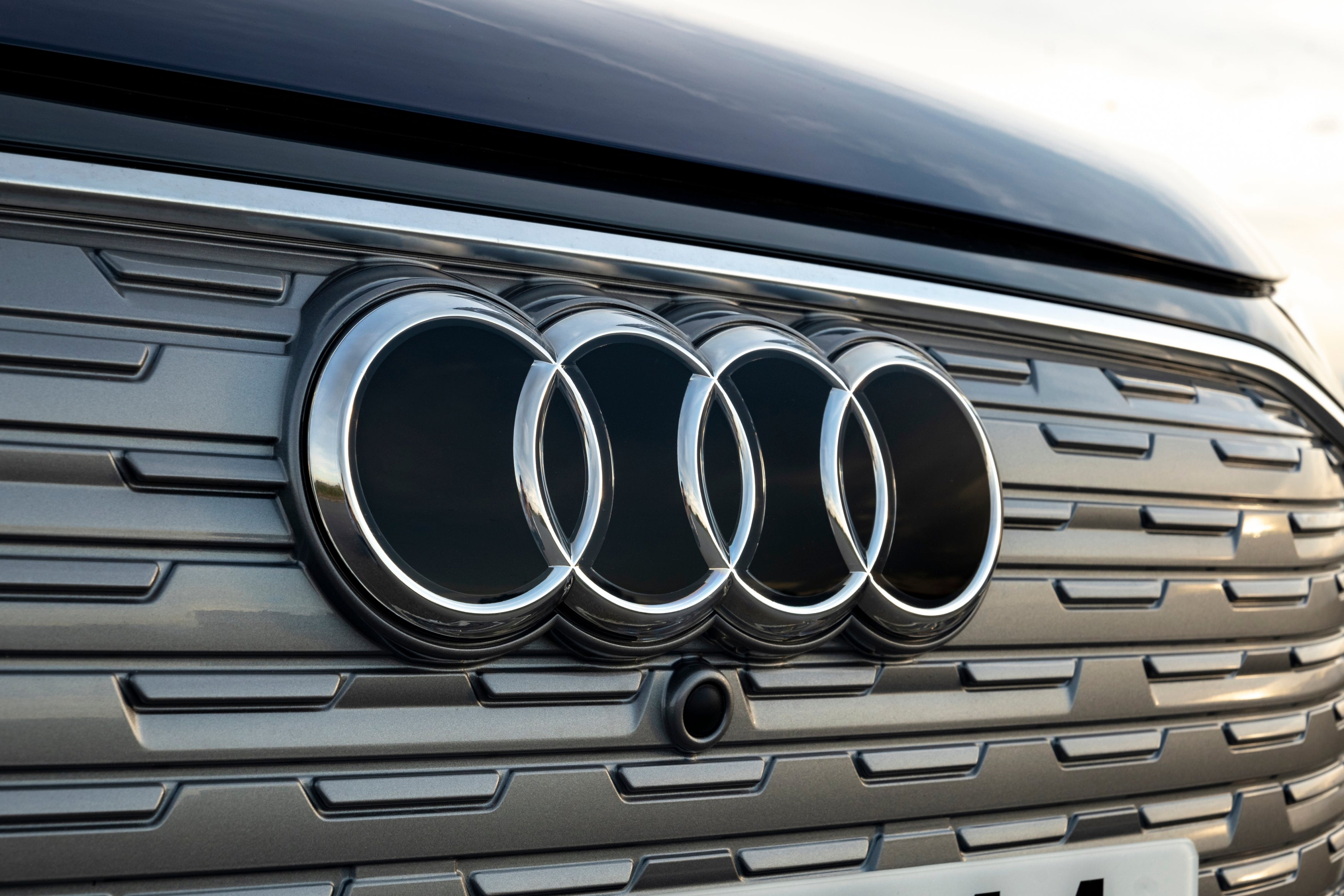
As with the others, it’s a fine drive. In sport mode, it can almost break your neck (mercifully there are economy-first options). As with its counterparts, it feels heavy. But the Quattro-style four-wheel drive on my test car (one electric motor for the front wheels, and one for the rear) was sure-footed enough, as well as speedy. It also has a good range: 200 to 250 miles with reasonable care, courtesy of a large, efficient (82kWh) battery pack.
As usual, the drawback is the time it takes to charge: many hours on a “fast” home charger, but maybe half an hour to “fill up” with an extra 100 miles on the fastest chargers, if you can find one. That is increasingly the problem as the take-up rate of electric vehicles outpaces the installation of usable fast chargers. There also needs to be a bit more of a disincentive for non-electric cars and vans parking in EV charging bays and a “conversation” about whether plug-in hybrids count as EVs for the purpose of access to chargers.
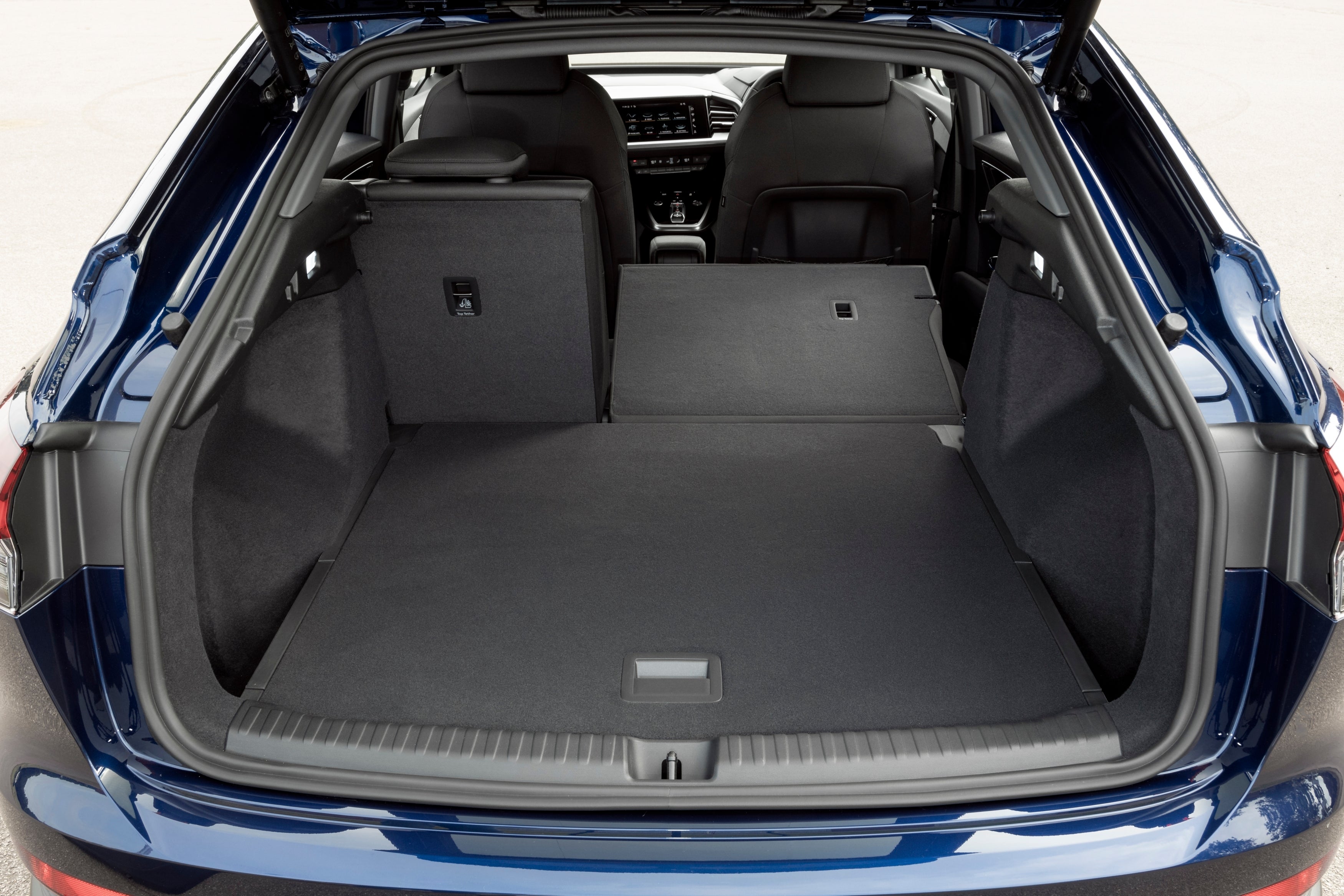
I can certainly recommend the Q4 Sportback e-tron in any of its guises − smaller or larger battery packs, and rear or four-wheel drive. But on balance, the smaller batteried, two-wheel-drive version is more than adequate for most needs.
Audi drivers will not be let down. However, the brand’s advantage in technology, design and refinement is being radically narrowed not just by its in-house Skoda (and probably Seat) rivals but by new models from Kia (EV6) and Hyundai (Ioniq 5). If you’re not much affected by the cost of living crisis and can run to any of these impressive state-of-the-art models, you won’t be disappointed.







